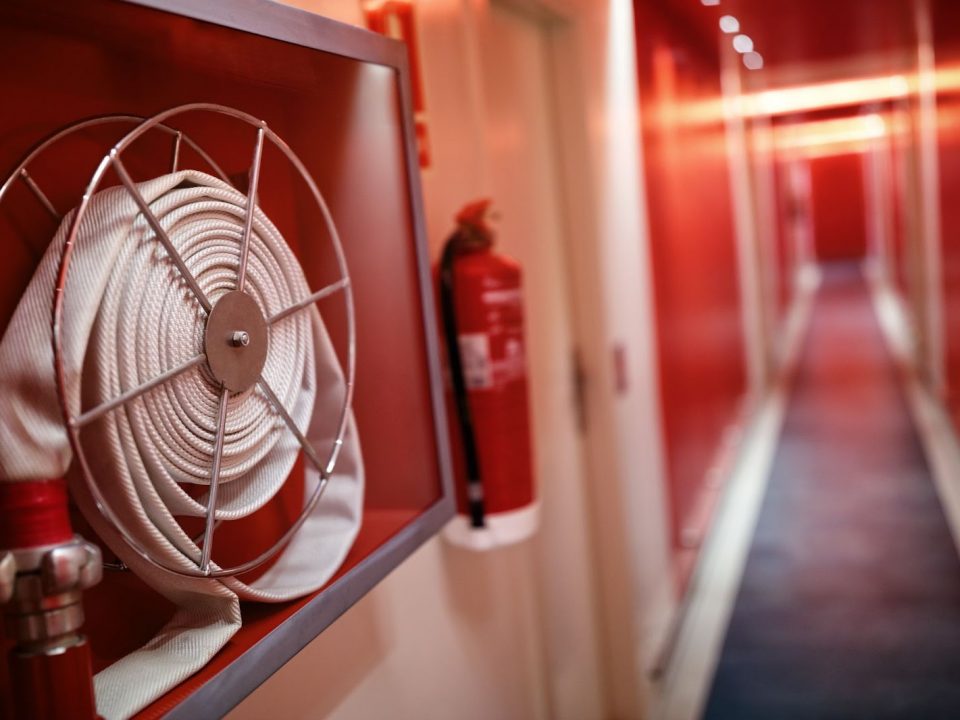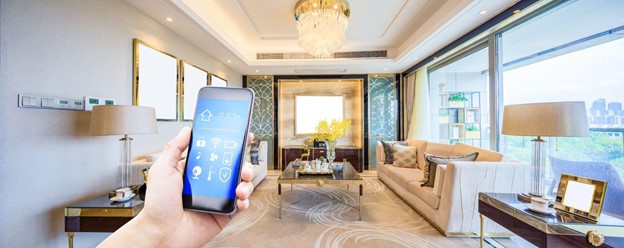Lighting Support for Both Domestic and Commercial Purposes


When it comes to installing lights, you want to make sure you’re following the right regulations. That way, you avoid fines and building injuries that could be related to substandard lighting. If you’re confused about what lighting laws apply where, take a look at this article.
Importance of Effective Lighting
A crucial aspect of exterior and interior architecture is lighting. No matter the purpose of a building, whether for educational, residential or commercial purposes, setting up an effective lighting system is a must.
Gloomy or poor lighting makes it more difficult to accomplish tasks. It can also negatively affect the mood of the people within the building. Not to mention the health risks associated with ineffective lighting, such as headaches and eye strain.
An effective lighting system must follow the principles of lighting ergonomics and UK regulations.
UK Building Regulations for Lighting
Building Regulations are requirements set by the government and approved by Parliament. These regulations serve as the standards for the construction of buildings, from how they’re designed and constructed to how they’re altered. They help ensure the safety and welfare of people.
Building Regulations also cover the requirements for installing lights in various settings, such as domestic and commercial spaces.
Domestic Lighting Regulations in the UK
Regulations for lighting in domestic buildings are covered in the domestic building compliance guide. It states that 75% of all the lights in a residential building must have an efficacy of 45 lumens per watt. The lights should also produce a total output of more than 400 lamp lumens.
If a lamp meets the aforementioned efficacy and output, it’s classified as a low-energy light. Using low-energy lights aligns with the government’s strategy for energy efficiency. Note that light fixtures with a supplied power of fewer than 5 watts can be excluded when counting the total number of lights in the house.
Meanwhile, regulations for residential outdoor lighting state that each external lighting should have automatic controls and a lamp capacity of no more than 100 watts. Residents can also opt to have light fittings with efficacy of more than 45 lumens per watt. These light fittings can then either be manually or automatically controlled.
Commercial Lighting Regulations in the UK
For non-domestic spaces to comply with lighting regulations, the non-domestic building compliance guide can be used as a reference point. Commercial buildings can refer to various types, including offices, industrial warehouses, hotels, pubs, cafes, hospitals and shopping centres.
As stated in the non-domestic building compliance guide, there are two recommended options for installing internal lighting. The first option is that office, industrial properties and buildings used for commercial storage should install general lighting with an average efficacy of 60 luminaire lumens per watt. Meanwhile, in other building types not included in the first category, the general lighting system must have an average efficacy of 60 lamp lumens per watt. Finally, display or accent lighting in non-domestic buildings needs to have an average efficacy of 22 lamp lumens per watt.
The second recommended option is that the installation of a lighting system should be based on the Lighting Energy Numeric Indicator (LENI). Serving as an indicator of buildings’ energy use, LENI takes into account the efficiency of the entire lighting system, including controls.
UK Regulations for Downlights
Downlights or recessed lights are installed by creating a recess or cutting a hole in the ceiling. Downlights add a modern touch to spaces and can be used to set the mood.
When installing these light fixtures, it’s essential to comply with the UK regulations for fire-rated downlights. Proper installation is necessary, so they won’t pose a fire risk to your building.
To comply properly, requirements outlined in the UK Building Regulations Part B, Part C and Part E must be met. Part B details the necessary fire safety requirements for downlights. In essence, downlights must be able to maintain the ceiling’s fire rating for 30, 60 or 90 minutes.
Moreover, downlights and insulation regulations state that insulation should be reasonably continuous and not have avoidable gaps. As such, putting insulation over downlights would not comply with the regulations. However, if you use a loft lid, you can cover downlights with insulation. In this case, the loft lid serves as a barrier between the lights and thermal insulation.
Meanwhile, complying with Part C and Part E of the Building Regulations means that your downlights have to be resistant to contaminants, moisture and sound.
UK Lighting Regulations for Workplaces
Lighting plays a significant role in workers’ safety and productivity. With poor lighting comes eye strain, headaches, stress and even accidents. All these can lead to a decrease in work performance and quality.
Installation of effective lighting in work environments must then be prioritised. According to the workplace (health, safety and welfare) regulations of 1992, all workplaces must have suitable and sufficient lighting. It also states that emergency backup lights must be installed in case of power cuts.
New UK Lighting Regulations
In 2021, new regulations were released on the ecodesign requirements for lighting products. These new requirements cover light sources and separate control gears, intending to increase energy efficiency. With the new lighting regulations in place, some less energy-efficient lighting products will have to be taken off the market.
The regulations state that lighting products must have energy-efficient labels (class A to G). Labels must also indicate whether a product is removable or non-removable. Furthermore, a QR code or a website address must be included, so consumers can view technical information about the product.
Interior and Exterior Lighting Services
Lighting systems, whether for domestic or commercial purposes, must meet the required building codes and energy-efficient guidelines.
At Edmont, we can deliver visually impressive lighting schemes that comply with the necessary regulations. Contact us today to learn more.


